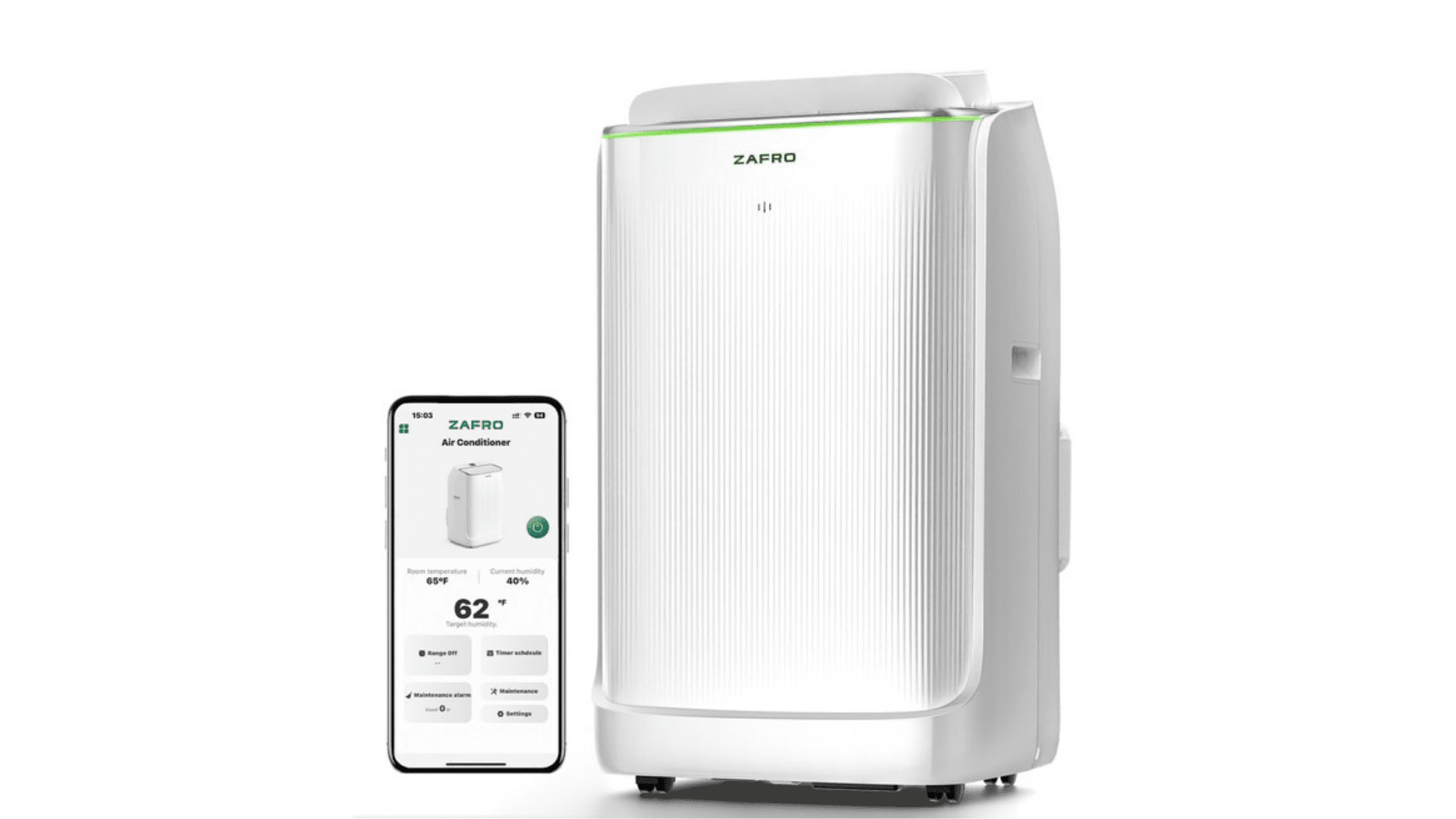There’s something lurking in the shadows all around us. We can’t see them, we can’t hear them, we can’t even smell them… but they’re there. They’re in your office, in your favorite restaurant, in your local theater… they’re even in your own home. This may sound like a movie tagline for the next Halloween thriller, but we’re actually talking about bacteria buildup. There are several areas, particularly of your home, that can be hidden sources of bacteria, germs, skin cells, fungus, etc. Here are some tips about problem spots and how you can keep a hygienic home.

Hygienic Home Focus: Kitchen Sink & Sponge
When asked, people often make the mistake of assuming that the bathroom is the area that attracts the most germs in a household. It’s actually the kitchen sink. Both the sink itself and the dishwashing sponge can be magnets for mold and foodborne pathogens. A few common forms of bacteria that can be found in these areas are salmonella and campylobacter. Both are often found in undercooked foods and can cause a string of complications including diarrhea, vomiting, and fever.
These forms of bacteria can fester when washing dishes that once bore uncooked meat. When it comes to your dishwashing sponge, there are a few ways from preventing bacteria and mold buildup. One way is to place your dishwashing sponge in the dishwasher at a high temperature with the drying cycle on.
A second cleaning method would be to wet the sponge and place it in the microwave for 1-2 minutes. In addition, make sure you’re squeezing it out thoroughly after each use and leaving it in a clean area to air-dry. This will keep the bacteria buildup from the wet surface to a minimum. Finally, consider scrubbing the sink and draining it with bleach every few days to help avoid bacteria build-up.
Hygienic Home Focus: Bed Pillow
Your bed, and especially your bedroom pillow, can be a breeding ground for dust, dust mites, dead skin, and bed bugs. Dust mites produce waste and lay eggs which can cause poor air quality for the bedroom. For those of you who have pets, they can additionally carry pollen which will then get into the bed as well. All of these put together and you can find yourself with allergies, itching, sneezing, and skin irritation.
To help improve your bedroom hygiene, simply wash your pillowcases and bedding once per week in hot water above 130 degrees Fahrenheit. In addition, make sure you vacuum uncovered mattresses regularly.

Hygienic Home Focus: Toilet Handle & Toothbrush
Since it typically gets cleaned less often than the toilet bowl & seat, the toilet handle can be an area where bacteria such as rotavirus and enterococcus can thrive. Rotavirus is the most common cause of diarrhea in young children and enterococcus is a type of bacteria that can cause bacterial gastroenteritis. These forms of bacteria can be kept at bay by regularly cleaning the area using a cleaning agent that specifically lists the ability to fight bacteria and viruses on the label.
Another common area of germs in the bathroom can come from toothbrushes. This is partly from the nature of mouth germs and not changing your toothbrush enough, but it can also come from storing your toothbrush too close to the toilet. When you flush the toilet, water can spray up to a six-foot distance from the toilet. Toilet water spraying onto an already wet toothbrush can cause bacteria to thrive, specifically fecal coliform bacteria which can cause diarrhea and other food poisoning symptoms. To assist with this, simply make sure to change your toothbrush every three months and store it at a safe distance from your toilet.
Hygienic Home Focus: Laundry
Unsurprisingly, another area that can be filled with invisible bacteria and germs is your unwashed laundry. Your laundry can be a hidden source of viruses, bacteria, E. Coli, staphylococcus, fecal bacteria, skin cells, and oils. And, the longer your laundry sits in the hamper, the more these invisible creatures can fester. Aside from underwear, the dirtiest piece of laundry is likely your towels since they often remain wet and can become a breeding ground for bacteria. Kitchen towels can be a source of E. Coli and bathroom towels can pick up fecal bacteria.
To help keep these hidden germs to a minimum, you have a few different options. Experts recommend washing clothes often with water that is at least 140 degrees Fahrenheit in order to kill the viruses and bacteria that could be living in them. But if you’re concerned about water conservation, you could also consider utilizing more powerful laundry detergent products such as Tide Power PODS Heavy Duty, which are designed to target invisible soils like sweat, skin cells, and bacteria without the need for hot water.
In addition, dry your clothes for at least 45 minutes and wash towels and kids’ clothes separately since they can have higher volumes of bacteria. Clean out your washing machine once per month by doing a cycle using chlorine bleach. Then run an empty cycle so that the bleach doesn’t ruin any of your clothes the next time you do a load of laundry.
Hygienic Home Focus: Doorknobs
Doorknobs can be an area where staph or staphylococcus aureus can be carried. This bacteria is not typically a serious threat but if it enters the body through the eyes, mouth, cuts, or scrapes, it can cause skin problems and food poisoning symptoms. Similarly to the toilet handle, clean these areas frequently with either a disinfectant or a 60% or more alcohol product.

Hygienic Home Focus: Cutting Boards
Your cutting board is also a potential source of E-Coli and salmonella since it’s used to cut raw meat. Make sure to clean these household items thoroughly using soap and hot water between uses in order to keep family members from developing food poisoning symptoms. In addition, for extra prevention, it could be helpful to have a separate cutting board for meat and fruit/veggies.
Hygienic Home Focus: Cell Phones
According to scientists at the University of Arizona, your cell phone has roughly ten times more bacteria than a toilet seat. You bring your phone with you to all of these different places, set it on counters, drop it on the floor, and then bring all of those germs into your home. Even worse, you get a phone call and put all those germs directly on your face and mouth. You should sterilize your phone daily either using disinfectant wipes or by purchasing a UV phone sanitizing/charging station for your home. Make a habit of putting your phone in that charging dock anytime you get home from work or running errands where you’ve had to use your phone.







